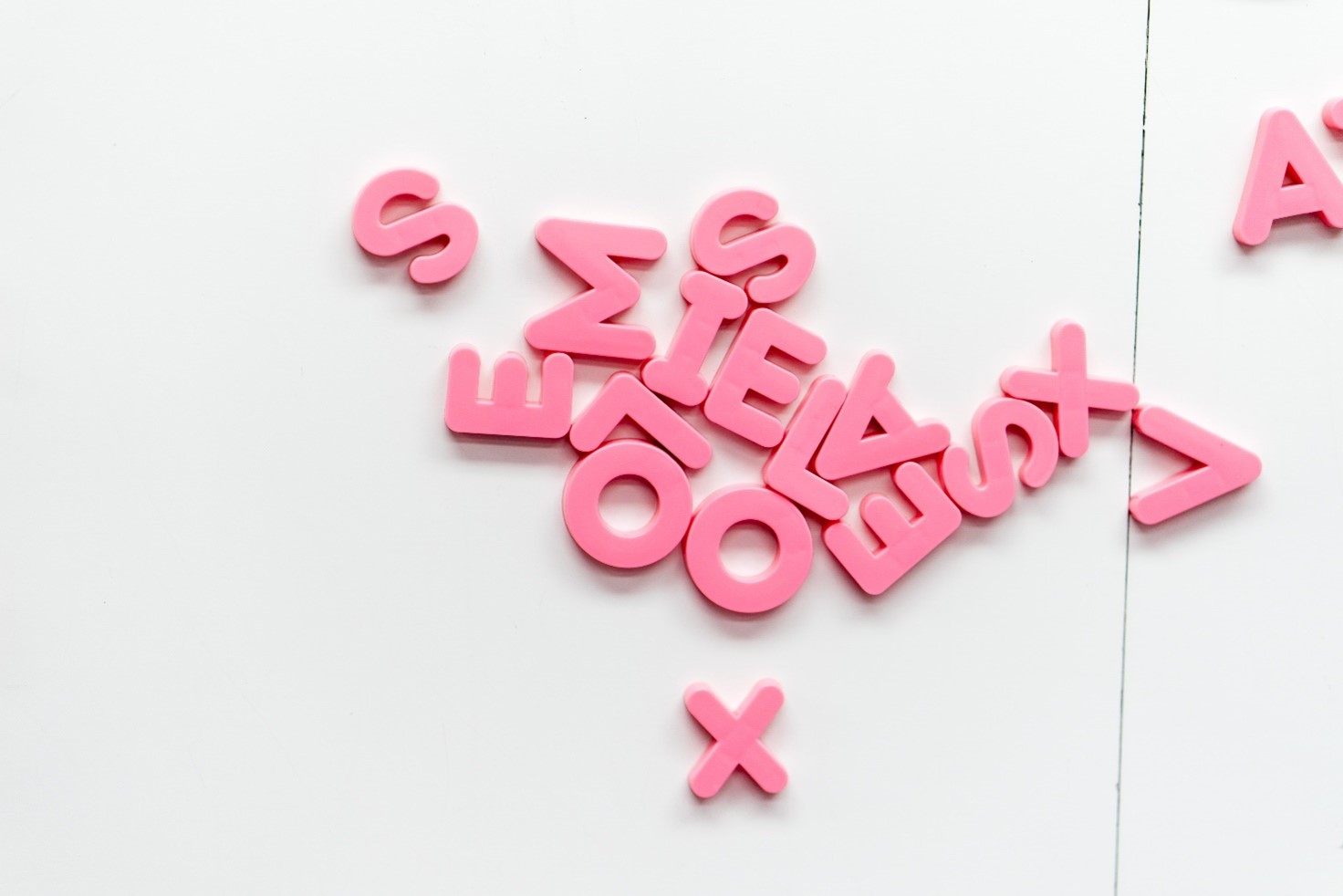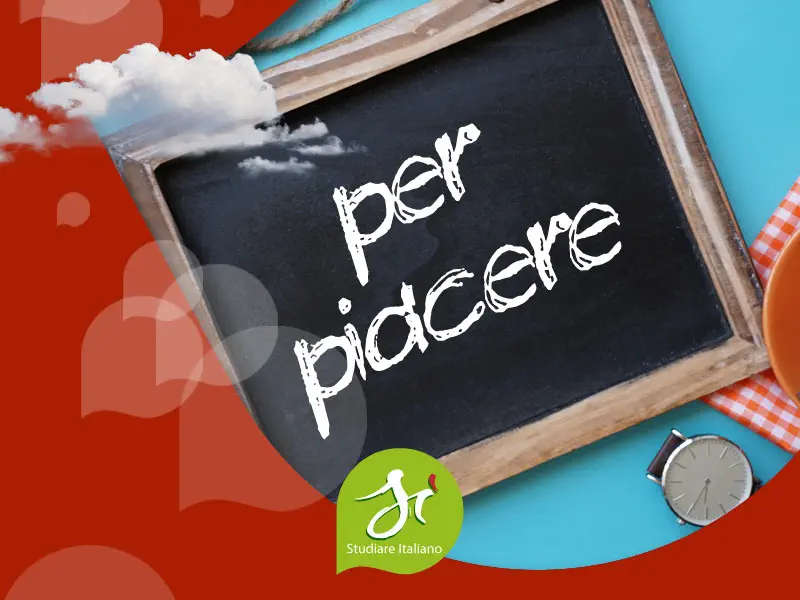Learning Italian Alphabet: your gateway to language and culture.
Are you fascinated by the melodious sounds of the Italian language? Discover Italy’s rich history and culture Are you fascinated? Then you’ve come to the right place!
In this blog post, we take a deep dive into the Italian alphabet, exploring its grammar, history, pronunciation, and interesting curiosities. Whether you’re a language enthusiast or just someone interested in Italian, this post will provide you with valuable insights.
Grammar and Structure
The Italian alphabet consists of 21 letters, excluding J, K, W, X, and Y, which are used only in foreign words.
Each letter has its own sound, so once you understand the pronunciation rules, pronouncing the words is relatively easy.
An interesting aspect of the Italian alphabet is the presence of double consonants that change the meaning and pronunciation of words.
For example, “casa” means “house” and “cassa” means “cash register.”
Understanding these nuances will help you communicate more effectively in Italian.
Grammar rules: Lower case or Upper case
Letters can be lowercase or uppercase. Normally lower case is used, while uppercase has a specific use in particular contexts, e.g.
– At the beginning of a period or question.
– At the beginning of direct speech, after a colon or quotation mark.
– In proper names of persons, such as Mario or Luisa.
– In geographical names, e.g. Italy, Lazio.
– In the names of cities, rivers, mountains.
– In religious and civil holidays.
– For stars and constellations.
– With the names of associations and public bodies.
– In the titles of books, films or works of art.
– With the names of streets and squares.
– With the signs of the zodiac.
– In religious settings.
– With the names of companies or brands, for example Lux or Autogrill.
– In acronyms and acronyms.
Grammar rules: Vowels
There are five vowels: a, e, i, o, u. They are distinguished into weak (i, u) and strong (a, e, o). The vowels a, i, u have only one pronunciation, while e and o can have an open or closed pronunciation.
A diphthong arises from the union of a weak vowel with a strong one pronounced in a single voice emission, e.g. “iede,” “son,” “rain.” Possible diphthongs are:
• ià, ié, iò, iù
• uà, ué, uì, uò
• ài, àu
• èi, èu
• òi
Instead, the union of two weak vowels with a strong one forms a triptong, as in “tuoi,” “suo,” “aiuola.”
Hiatus occurs when two vowels are pronounced separately, with two different voice emissions, and occurs:
• Between two strong vowels, e.g. “poeta,” “aereo.”
• When weak vowels are accented, e.g. “zio,” “più.”
• In words derived from words with accented i or u.
• In ri- and re- prefixes, e.g., “riaprire.”
• When i is preceded by r or consonant groups.
Grammar rules: Consonants
Consonants are sounds pronounced with the vocal tract closed or semi-closed. The phonatory organs involved in their pronunciation are tongue, lips, teeth, and palate.
Based on the organ of articulation, consonants are divided into:
• Labial: b, f, m, p, v
• Dentals: d, l, n, r, s, t, z
• Palatals: sweet c, sweet g
• Guttural or velar: c hard, g hard, q
Based on the vibration of the vocal cords, they are divided into:
• Deaf: b, c, d, g, p, q, t
• Sonorous: m, n, l, r, f, s, v, z
Sound consonants can be:
• Nasal: m, n
• Liquid: l, r
• Spiral: f, v, s, z
- All consonants except h can be doubled in the middle of a word.
- The reinforcing part of q is cq: acqua, acquista. The only exception is soqquadro
- To reinforce the ch/ci link, only the letter c is doubled: sacchi, acciaio, occhiali, cuccia
- The digrams gh, gi are reinforced by doubling only the g: agghiacciare, raggiro
- The digrams gn, sc and the trigrams gli/sci cannot be doubled but represent an enhanced pronunciation by themselves.
- The consonants g, z are never doubled before the termination ion (stagione, azione).
- The consonant b is not doubled at the ending -bile (automobile, contabile).
- As a rule, the initial consonant is doubled (except for impure s) in compound words with the prefix a, da, fra, ra, so, su, sopra, sovra, contra: e.g., accanto, davvero, frapporre, raccogliere, sommesso, sussulto, sopraggiungere, sovrapporre, contraffare.
- You never double contro (controsenso).
- Doubled consonants also appear in compositions such as: ebbene (e bene), oppure (o pure), suvvia (su via), diciannove, fabbisogno, fallo (fa lo).
Grammar rules: Syllable
The syllable is the minimum phonetically distinguishable unit that a word can be divided into. It can be formed by:
- A vowel (a-mo-re)
- A diphthong (uo-mo)
- A triphthong (a-iuo-la)
followed or preceded by a consonant (sa-pe-re, pie-de, fi-gliuo-lo).
Based on the number of syllables, words are:
- Monosyllabic: only one syllable (no, re)
- Bisyllabic: two syllables (spo-se, ca-ne)
- Trisyllabic: three syllables (a-mo-re, po-te-re)
- Quadrisyllabic: four syllables (dot-to-res-sa, gat-to-par-do)
- Polysyllabic: more than four syllables (pre-ci-pi-to-so)
To correctly divide a word into syllables, some rules are followed, for example:
- A consonant with the following vowel (mo-re, fe-de-le)
- Consonant + l/r with following vowel (a-cre, so-pra, sem-pli-ce)
- l/m/n/r followed by other consonants, with preceding vowel (al-be-ro, sem-pli-ce, pen-sie-ro)
- Impure s with following consonants (pi-sta, fe-sta)
- Double consonants are divided (por-ro,car-ro,ot-to,mat-to)
- Diphthongs and triphthongs are indivisible (mo-glie, scien-za)
- Vowels forming diphthongs are divided (ma-e-stro, a-e-re-o)
- An apostrophe cannot be at the end of a line: (l’am-i-co, l’an-no scor-so, quel-l’ai-ro-ne)
History and Development
The Italian alphabet has a rich history dating back to ancient times.
It evolved from the Latin alphabet introduced to Italy by the Romans.
Over the centuries, the Italian language went through various changes that led to the unique alphabet we know today.
By exploring the historical roots of the Italian alphabet, you will gain a deeper understanding of Italy’s cultural and linguistic heritage.

Pronunciation and Accent
The Italian alphabet has a rich history dating back to ancient times.
It evolved from the Latin alphabet introduced to Italy by the Romans.
Over the centuries, the Italian language went through various changes that led to the unique alphabet we know today.
By exploring the historical roots of the Italian alphabet, you will gain a deeper understanding of Italy’s cultural and linguistic heritage.
Correct pronunciation of Italian words is essential for effective communication.
The Italian alphabet has unique pronunciation rules that differ from other languages.
Additionally, certain syllables are emphasized in Italian words, which can change the meaning of the word.
Understanding these pronunciation nuances will help you speak Italian with confidence.
Grammar rules: Accents
Every word has one syllable that is pronounced with greater vocal intensity than the others. This particular way of pronouncing that syllable is called a tonic or simply accent. The syllable that carries the accent is called the tonic syllable, while the others are called atonic syllables.
Based on the accent, words are divided into:
- Oxytones: if the accent falls on the last syllable (virtù, onestà)
- Paroxytones: if the accent falls on the penultimate syllable (belléz-za, amó-re)
- Proparoxytones: if the accent falls on the antepenultimate syllable (tà-vola, bellís-simo)
- Barytones: if the accent falls on the fourth-to-last syllable (sù-perano, rè-citano)
There are three types of accents:
- Grave accent, which goes from left to right, used for open sounds on vowels a, e, o: pietà, canapè, falò.
- Acute accent, which goes from right to left, used for closed sounds on vowels i, u, e, o: morí, Corfú, saldaménte, tócco.
- Circumflex accent, rarely used to indicate a contracted syllable or on certain final i’s when an i has been dropped: studî, ozî, spazî.
Some monosyllabic words have no accent and combine with previous or following words: dimmi, sentilo, vacci (enclitic); un uomo, mi pare, ma bene (proclitic).
The tonic accent is usually not marked. When marked, it is called graphic accent and some rules apply for when it must be written.
Grammar rules: Punctuation
- The semicolon (;) indicates a pause longer than a comma and separates two parts of the same sentence or denotes a difference or opposition between two sets of circumstances, e.g. When I saw everyone staring at me, I felt embarrassed; however I did not lose courage and responded.
- The colon (:) is used:
- To introduce an explanatory phrase: The soul of the crafty is like the serpent: smooth, shiny, slippery and cold (Tommaseo).
- When reporting someone else’s words or speech. In this case, the colon is followed by a dash or quotation marks and a capital initial, e.g. The wise Socrates said: “The only thing I know is that I know nothing”.
- When it precedes a list or enumeration, e.g. Subordinate clauses can be of various types: interrogative, objective, final, etc.
- The period (.) indicates the longest pause and is used at the end of a sentence. It also comes after abbreviations (e.g., etc., pp., Mr., adv.) or between the letters of an acronym, where the last period is not followed by a capital letter.
- The question mark (?) denotes a direct interrogative sentence. If the question is indirect, the question mark is not used, e.g. What does he say?; Tell me what he says; Tell me: What does he say? If a question mark closes a sentence, the next word has a capital letter; if multiple questions follow, a lowercase letter can come after each question mark.
- The exclamation point (!) ends a sentence expressing wonder, awe, pain or excitement. It can also create an emphatic pause in the middle of a sentence. It may be put in brackets after a phrase or word quoted from another author, as a kind of terse comment.
- The interrobang (!?) expressing surprise or disbelief is formed by a question mark superimposed onto an exclamation point. The next word starts with a capital letter.
- Ellipses (…) indicate an interruption, meaningful pause or reticence in speech. They can prepare the reader for a bold metaphor, invite them to draw conclusions, replace parts of a quote, or trail off at the end of a list to denote continuation.
- Quotation marks (“…”) set off direct speech, highlight an element of the sentence, or introduce a quote.
- Dashes (–) often replace quotation marks in dialogues. Parentheses (( )) enclose non-essential words or clauses. Hyphens (-) show the splitting of a word between lines or join compound words.
Curiosities and Interesting facts
Did you know that the Italian alphabet has no standardized order?
The traditional order follows the Latin alphabet, but Italian allows variations in the order of the letters.
Another interesting fact is that the Italian alphabet contains two letters with diacritics ( “è” and “é”).
These accents show differences in pronunciation and emphasize the need for correct pronunciation in Italian.
Additionally, the Italian alphabet is known for its musicality.
The rhythmic flow of words in Italian is often likened to a beautiful melody.
It’s no wonder that the Italian language has produced some of the world’s most famous operas and works of classical music.
Learn the Italian Alphabet
The best way to learn the Italian Alphabet and delve deeper into the Italian language is by taking comprehensive Italian courses at Si Studiare Italiano schools. Si Studiare Italiano provides structured lessons, expert instruction, and an immersive environment focused specifically on language acquisition. Experienced teachers will guide you step-by-step through the intricacies of grammar, vocabulary, pronunciation and conversation at a pace suited to your individual needs.
Supplementing your Italian courses by reading, watching movies, listening to radio and songs, and actively engaging with Italian culture will allow you to reinforce and practically apply what you learn in the classroom. This multilayered approach is key to fluency.
Learning a new language opens up an entirely new world. It’s not just about memorizing words and rules; true understanding requires immersion into the history, customs and magic of the Italian culture. With the support of Si Studiare Italiano guiding you on this journey, you’ll be conversational and confident in no time!
So why wait?
Start your Italian journey now and discover a world of endless possibilities!
Whether you’re a language learner or just someone interested in the Italian alphabet, we hope this blog post piques your interest and provides some valuable insight.



